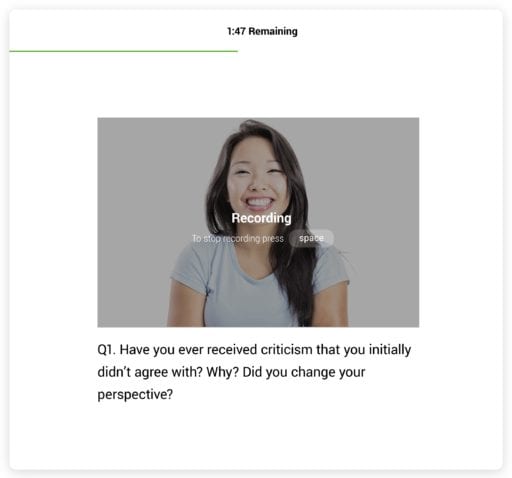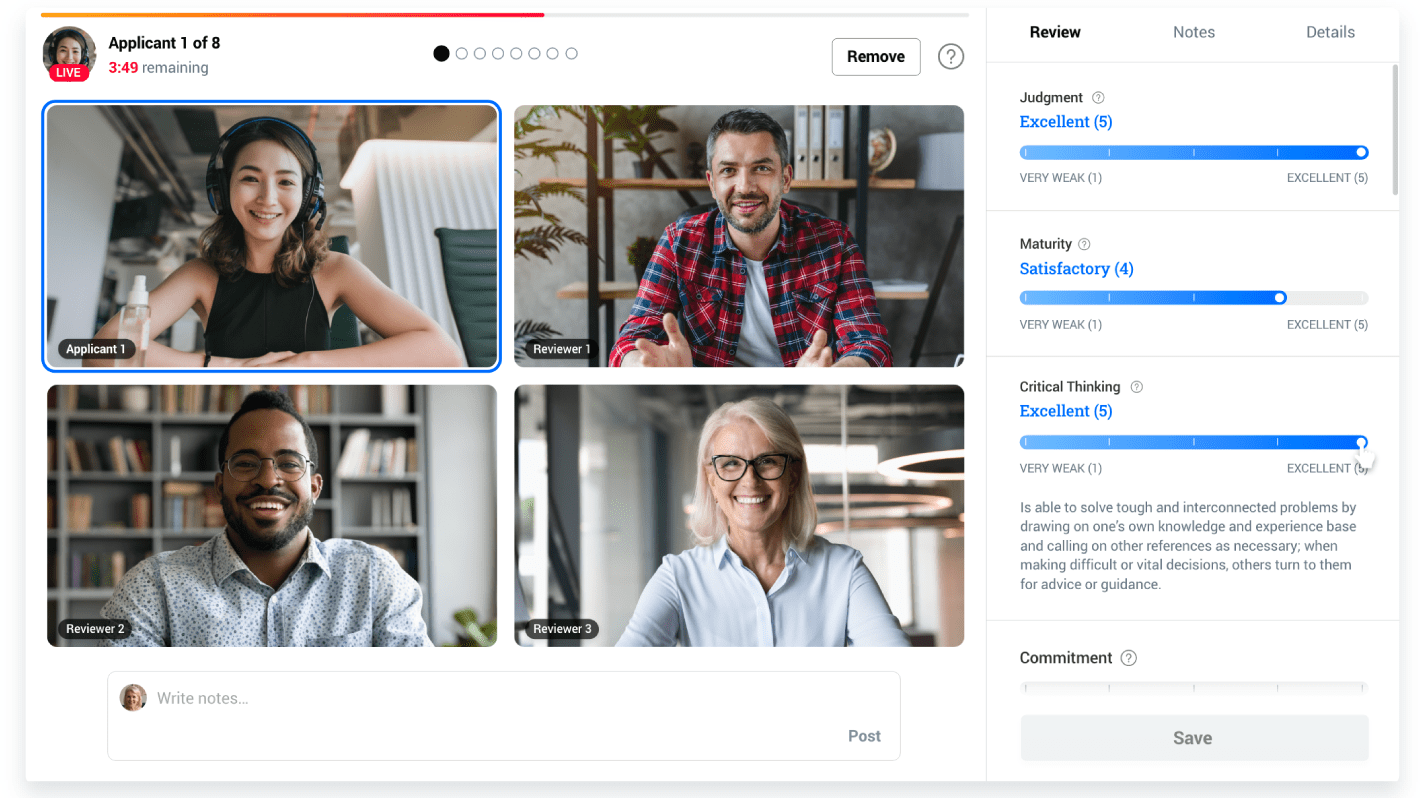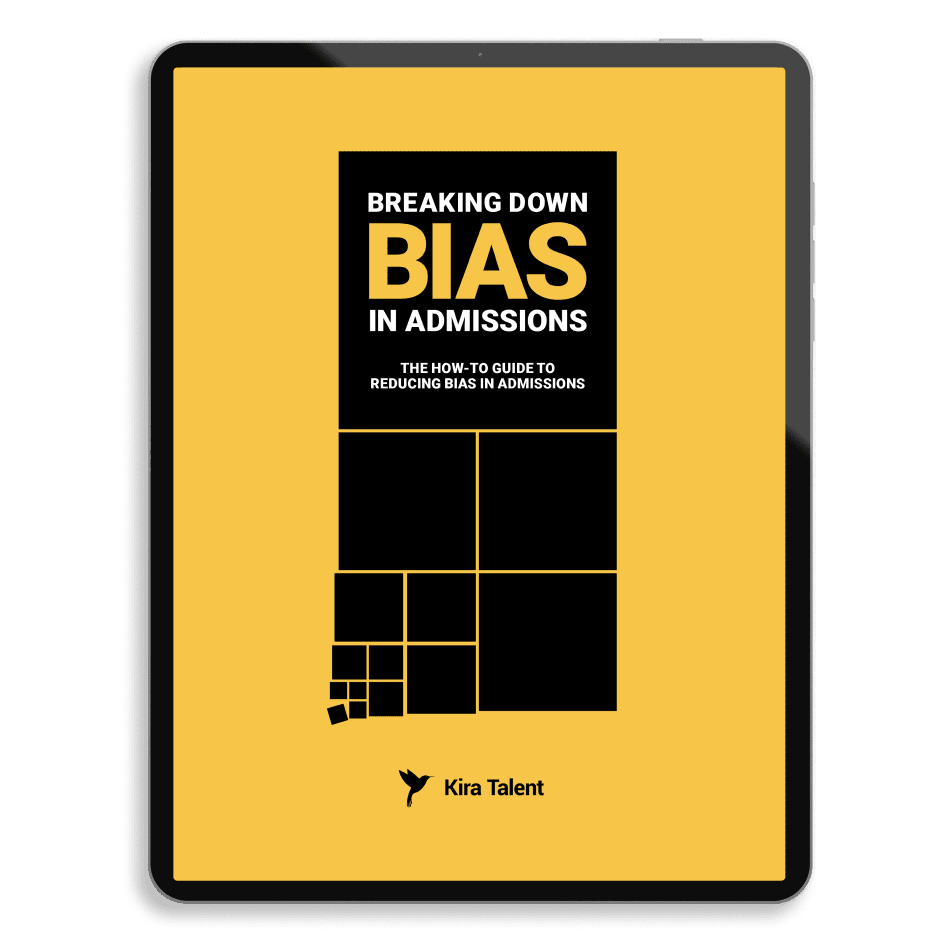The admissions process is an elaborate measurement of a person’s life.
Applicants input data, it is analyzed, considered, and eventually, a decision is made.
As students are considering their potential, their passions, and their education, a seemingly limitless horizon is ahead of them. However, the admissions process can often take their dreams and goals and make them feel like a series of checkboxes.
At the 2019 Center for Enrollment Research, Policy, and Practice’s (CERPP) Annual Conference, on Admissions, Race, and Identity, Dr. Ange-Marie Hancock Alfaro from the University of Southern California spoke to attendees about the importance of intersectionality in the admissions process.
To help articulate what intersectionality means, Hancock Alfaro welcomed attendees who were able to stand and participate in an exercise.
She asked two seemingly straightforward questions:
- If you are your race on Monday, Wednesdays and Fridays only, sit down.
- If you are your gender Tuesdays, Thursdays and Saturdays only, sit down.
All attendees remained standing. As this exercise shows, we are all of our identities at all times.
Watch: Kimberlé Crenshaw explains intersectionality
Historically in the admissions process, forms and applications have not considered intersectionality.
Affirmative action, quotas for certain groups, and initiatives that encourage minority applicants, all consider a single aspect of an applicant’s identity, rather than the whole picture.
“We have to think about who candidates are when they’re presenting themselves as an entire cake, rather than the bits and the parts,” said Hancock Alfaro.
She added that we need to ask “what are we not seeing when we try to put people in boxes” and furthermore, to consider how much diversity exists within these boxes.
For example, a white female who’s an international student from a rural community in Canada will bring a different context and experience to the table than a domestic Black student from a bustling U.S. city.
“We need more women in STEM” or “we need more Black medical students” reduces desired prospective students to a demographic, a checkbox, which inherently does not allow them to tell their story of who they are, why they want to pursue that line of study, and why they’ll be great at it.
Reframing the Admissions Process
Kedra Ishop, Vice Provost for Enrollment Management at University of Michigan, suggested we need to reframe how we think about admissions as “how do we build communities rather than how do we admit students?”
When you consider the context and intersectionality of a student, you’re considering everything they’ve experienced in their lives, including all of the identities they bring to the table, and how it will contribute to the classroom, campus, alumni network, and in the workforce.
As Ishop articulated, you aren’t just choosing “who gets in,” you’re building a community.
Holistic admissions can be used to consider an applicant’s context. In fact, in the U.K., a term more commonly used than affirmative action is contextualised admissions.
Today, let's look at five ways to evaluate applicants more holistically that considers applicants' context and intersectionality in the admissions process:
Tie your admissions practices back to your school’s mission
The best way to start proactively considering context and intersectionality is to take a step back and look at your overall admissions experience and the community you want to build.
How does the method that you evaluate students on reflect your mission and purpose as a school? Are you evaluating for your program’s core values in your admissions process?
Any criteria required, checkpoint to pass, or conversation to have in your application process is an opportunity for a student to showcase their whole self and for your school to reflect its unique characteristics.
Discover three examples from St.Gallen’s SIM program, Harvard Law School, and Virginia Tech Graduate School on how they shifted admissions practices to better reflect their mission.
Download: Demystifying Holistic Admissions: The Comprehensive Guide to Holistic Review
Critically evaluate your definition of “fit” in the admissions process
One common criterion in holistic admissions is applicant ‘fit’; a combination of characteristics that are defined by the school’s mission (as described above), by faculty and staff, by past student success, or a combination of all three.
However, “fit” can be inherently biased based on those who have been in power at your school. As Julie Posselt shared in her talk Does Whiteness = Meritocracy in Admissions?, most elite colleges have had white leaders throughout their history meaning definitions of “fit” could be biased towards white interests.
A report from the American Council of Universities revealed that although diversity among students is increasing, faculty and staff at universities are still predominantly white. Nearly three quarters (73.2 percent) of full-time faculty are white and college presidents are overwhelmingly white and male (58.1 percent), said the report.
Stepping back to consider how “fit” is evaluated, what it means, and what groups it may favor, is an important process. As Stanford researchers found last year, if you’re giving ‘excited’ candidates an edge over calm ones, you may be passively favoring applicants from North American and European cultures.
Read more: New Stanford Research Looks at How Cultural Differences Could Impact Applicant “Fit”
Evaluate high school or undergraduate data
Reviewers who have in-depth information on a student’s high school context have been shown to be more likely to admit low-income applicants compared to when they don’t have this information.
To help your team make more equitable admissions decisions, consider gathering this context for your reviewers.
Read more: Four Ways to Make the Admissions Review Process More Equitable
Screen students in, not out
Perhaps the most important way to consider context and intersectionality is the most straightforward: Ensure you are considering them.
When your admissions process has a cut-off, you’re immediately screening out students based on one aspect of their identity.
By ruling students out based on a cut-off test score, your admissions process does not consider their entire identity: It only considers who they were on the day they took that test.
Similarly, having a grade cut-off doesn’t give them a chance to articulate why their grades may not be at the level expected.
By finding different ways to screen students in rather than screen them out, you’re more likely to find talented students who you otherwise would have missed. For example, changing your process to allow a student to either pass a grade cut-off, a test score cut-off, or a letter of intent screen, would expand your applicant pool significantly.
Read more: Moving from Cut-Offs to Screen-Ins at Virginia Tech Graduate School
Give applicants a chance to tell their story
Educators tell students to “think outside of the box,” yet, as we’ve established, many admissions criteria limit students to work within one.
Giving students more flexibility in admissions to convey their true identity will both empower applicants and give schools more insight into the wide-range of abilities each student possesses.
There are a number of schools experimenting with creative changes to the admissions process such as portfolios, creative essay questions, and of course timed video and timed written assessments.

Read more: Redesigning Admissions in an Era of Grade Inflation
Using timed video assessments with Kira, you can design a space for applicants to share their story. Without the constrictions of a test score or transcript, you can ask questions about challenges they’ve overcome, their motivations for attending your school, and to share the experiences they will bring to your classroom.



